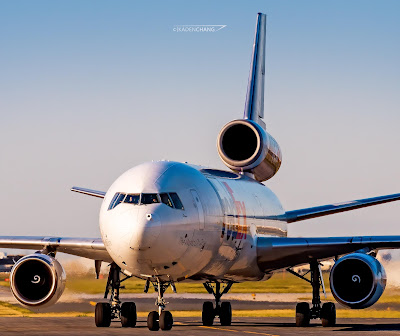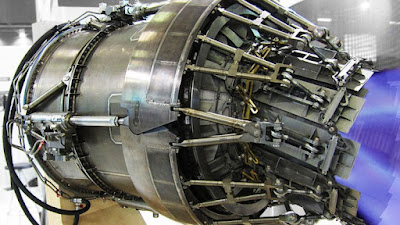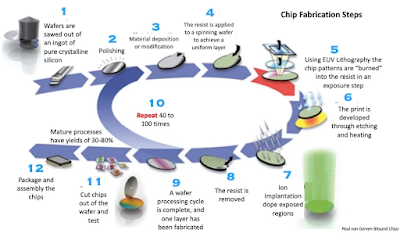A sustainable roadmap that is financially
viable roadmap that relies less on the tax payers. The first Spaceship can be
constructed in small size (~20m wingspan) and can be used for military and
meteorological surveillance purposes. With minimum investment the idea can be
checked. If successful a bigger version would be built that can deploy low
Earth orbit (LEO) satellites like Starlink (550km from Earth). The velocity of
the LEO satellites to stay in orbit is around 28,000 km/h. The Spaceship does
not need to reach that speed. Once it reaches the required altitude, slightly
above the target orbit, Spaceship releases a small rocket that carries the
satellite and Spaceship returns to earth like a plane. The small rocket will be
one time used simple rocket utilizing the same thrusters of the Spaceship. It
will only operate in space so no need to have features required for atmosphere passage.
Once the satellite reaches the required speed the small rocket will release
itself and burn in the atmosphere. With this approach the satellites do not
need to withstand high G and can be send to space in the final form and do not
need to have complicated folding mechanisms that open up in space. Once this version
of Spaceship succeed it would generate revenue for LEO satellite deployment. The
next phase would be a bigger Spaceship that can deploy satellites to geosynchronous
orbit (GSO) with similar design that include a smaller rocket for satellite
deployment. Once this is successful and generate revenue by satellite deployment
the final Spaceship can be build. For the location of Lunar Base, I propose somewhere
near Apollo 11 landing site. Lunar landing sites are historic places and need
to be preserved therefore there should be a no construction zone. Why I chose
Apollo 11 site?
- It is the most famous of all the Lunar sites
- It has the smallest are that need to be
preserved later missions covered and left marks in more area.
In the initial missions to Moon,
construction robots and Spidercam (cable-suspended camera system) setup
material would be deployed. A Spidercam setup would be mounted around the
Apollo 11 site which would record the area in close detail without disturbing
the footsteps. Things that can fund the project while building the base:
- The broadcast of the footages from Apollo
11 site
- Lunar tourists visiting Apollo 11 site
- Late Night Shows live from the Moon
Much comfortable travel (low acceleration)
would allow more people to be a space tourist.

































